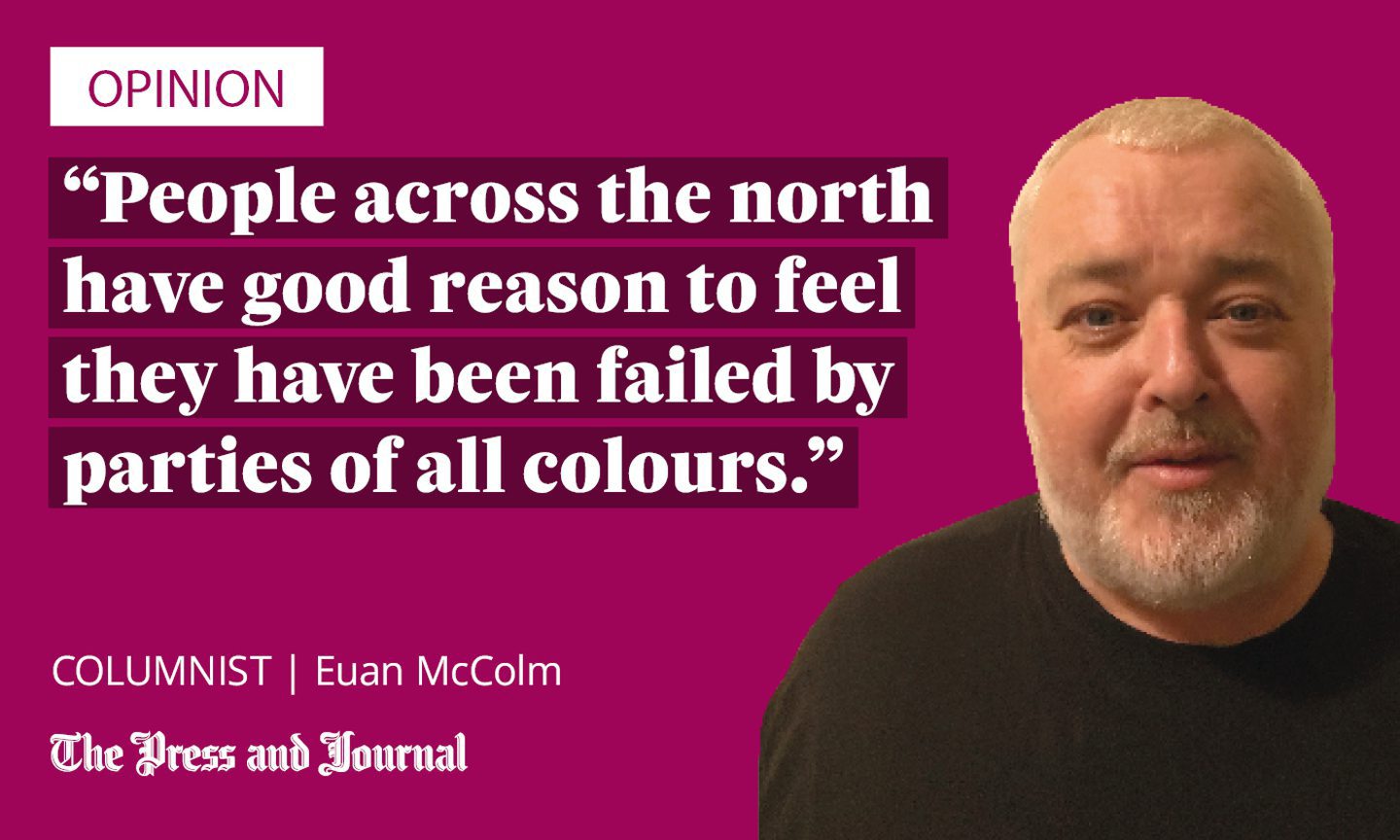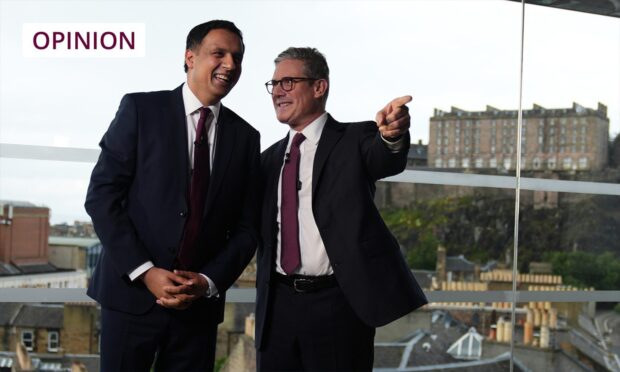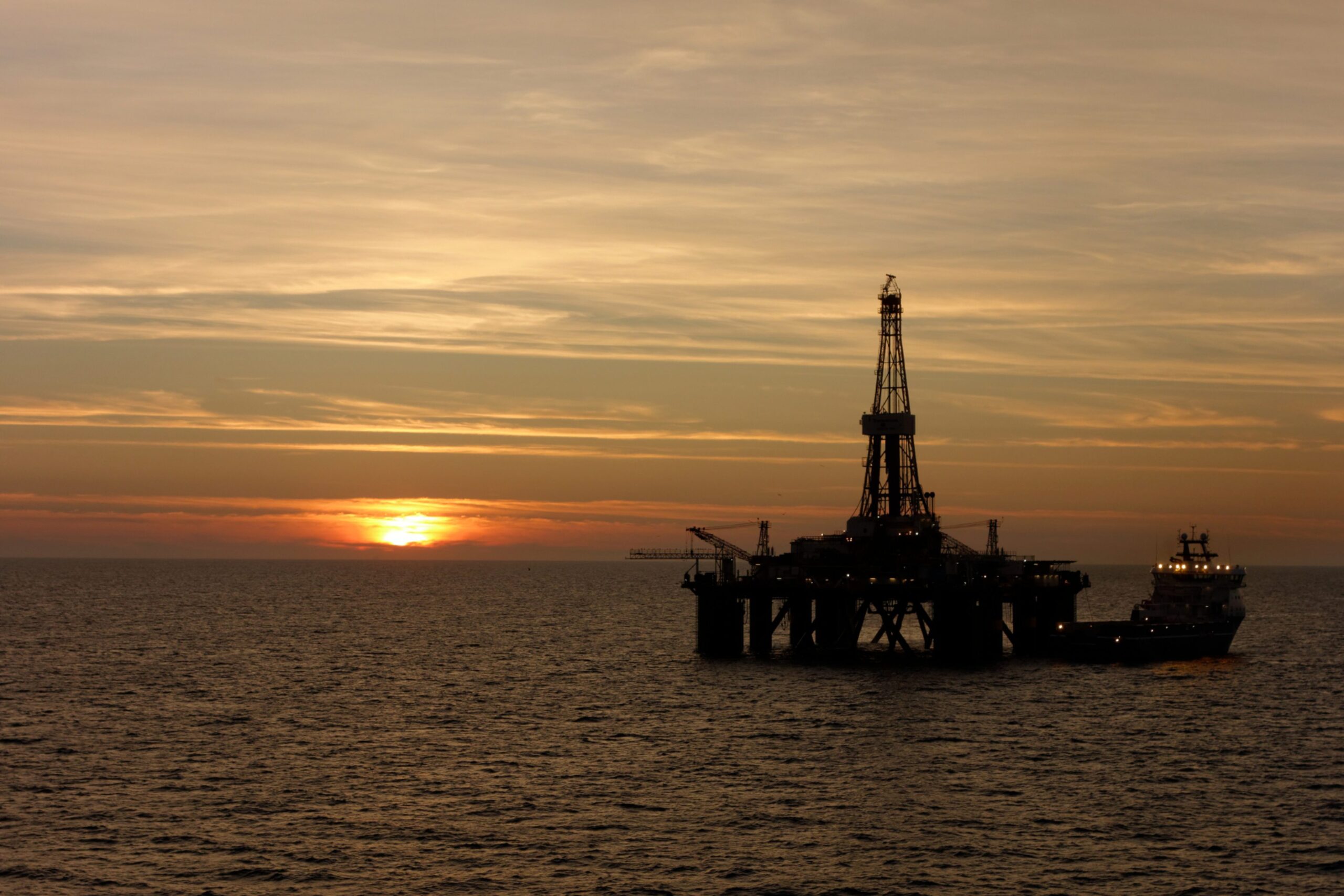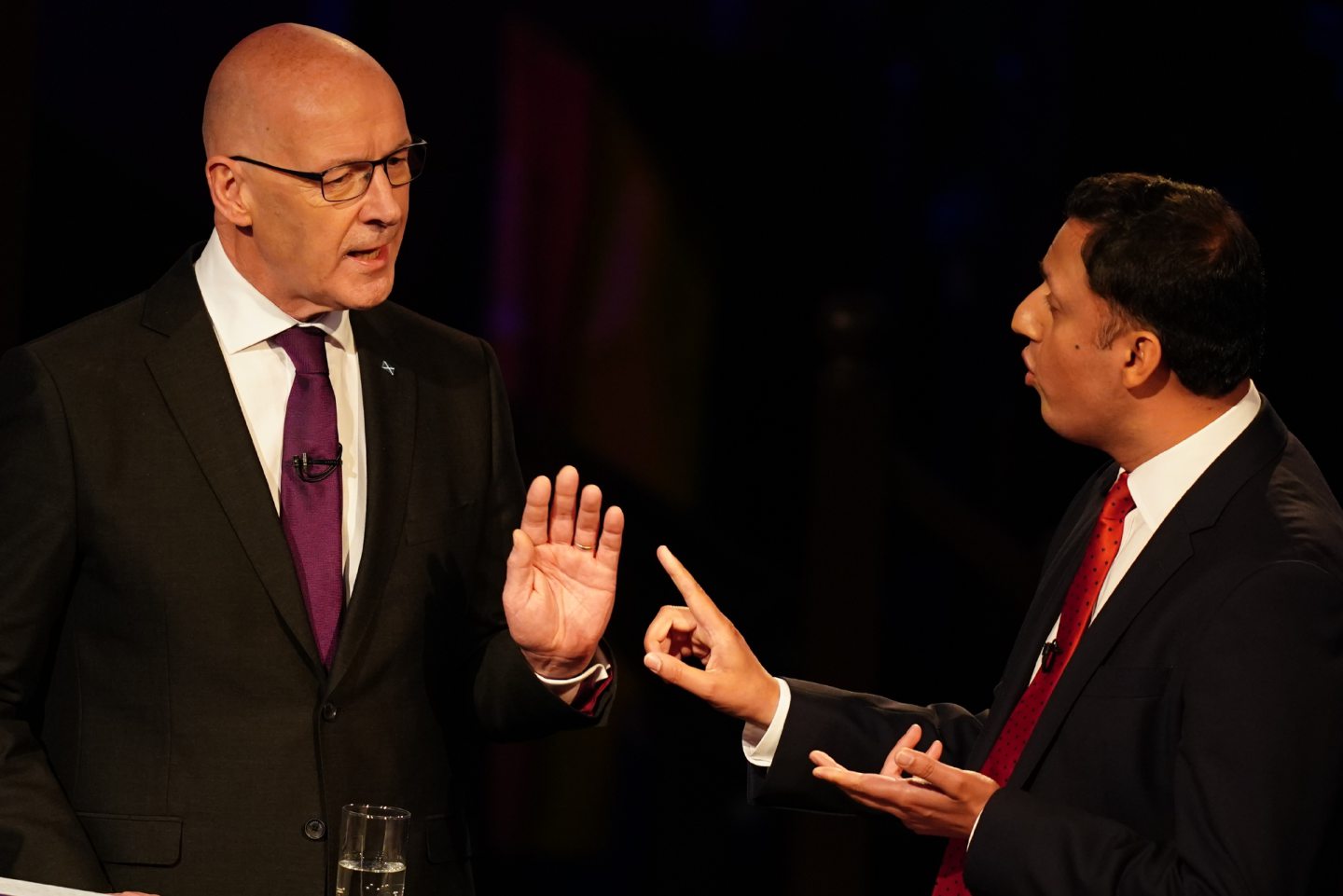It was, according to Labour leader Sir Keir Starmer, an election about “change”.
This simple message, in the face of ever-increasing public anger with the Conservatives, helped Sir Keir become prime minister with the most remarkable majority.
But, while Labour may have transformed the electoral map last week, there’s not much by way of change across the north of Scotland. Torcuil Crichton’s notable victory in Na h-Eileanan an Iar (formerly the Western Isles) aside, Labour’s landslide stopped at the Central Belt.
Not that Labour has ever done especially well in the Highlands, where, before the constitutional battle bent our political debate out of shape, the gentle pragmatism of the late Liberal Democrat MP Charles Kennedy was about as radical as voters liked things to get.
People across the north have good reason to feel they have been failed by parties of all colours over recent years.
The North Sea oil industry – less than a decade ago, at the centre of the debate about whether Scotland could afford to be independent – is now the focus of damaging political games, to be celebrated for its provision of jobs or condemned for the damage it wreaks on the environment, depending on which politician is speaking and to whom.
But perhaps the single most enduring symbol of the way in which a Central Belt-focused politics has let down the north of Scotland is the ongoing failure to properly – and fully – upgrade the A9 to dual carriageway for its length.

Despite a number of fatal accidents on the road, each year, the completion of the dualling project – an essential safety measure – has been delayed time and again.
If the A9 was in any other part of the UK, it’s a problem that would have been sorted long ago.
In fact, can you imagine any other nation on earth blessed with such an abundance of natural beauty as Scotland that would think it fine for one of the country’s main tourist routes to be so downright dangerous? “Come to Scotland! See the outstanding scenery! Take your chances!”
More pragmatism, less point-scoring
Keir Starmer was rarely out of Scotland during the general election campaign, and that dedication to winning back support for Labour paid off better than anyone expected. The reduction of the number of SNP MPs to just nine was beyond the expectations of even the most enthusiastic Labour activist.
It would be understandable – indeed, depressingly predictable – if the prime minister’s focus, having obtained office, was on rebuilding relationships with voters who have returned to the Labour fold. But a healthy UK economy means all parts of the country working well, even those which didn’t come behind the government of the day.
On the issue of North Sea oil, those involved need more honesty – and pragmatism – and less shrill point-scoring.
There is general agreement across the mainstream political spectrum that the swift reduction in the use of fossil fuels is necessary. But while this may be true, it is also inescapably true that Scotland is not yet prepared to do away with all traditional energy sources.
What purpose is served if politicians, for example, decide to block further energy exploration in the North Sea at a time when they continue to import fossil fuels from overseas? The impact on the environment is the same wherever that fuel is extracted. And, if we must continue to use it, then it seems downright perverse that political leaders would limit exploration while dependent on the same work being carried out elsewhere.
Even against weakened SNP, Scottish Labour still has work to do
For the past two decades, as the SNP has made inroads into parts of central and urban Scotland where it had previously been unable to win support, the party has allowed the impression to grow that it has lost touch with its traditional rural and Highland heartlands. The charge so often levelled against Scottish Labour in the past that years of success had led it to take voters for granted can now also be made against the SNP.
Scots will go to the polls in May 2026, when the SNP will try to win a fifth consecutive Holyrood election victory.
The SNP’s shockingly poor result last week now makes it look increasingly likely that Anas Sarwar will be our next first minister. But if Scottish Labour wants his success to include the support of Highland Scots, the party will have to fix a relationship wrecked by years of neglect.
Euan McColm is a regular columnist for various Scottish newspapers



Conversation